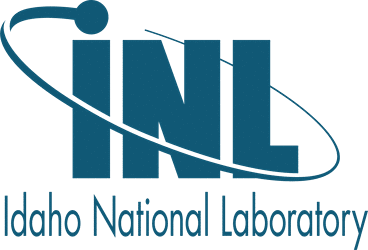Companion Market Model (CMM)

Abstract:
The companion Market Model is a simulation model that projects the volume and price dynamics between the biomass resource base (supply) and different demand industries including intermediate processing (i.e., mobilization) and end-use markets (traditional, companion, and biofuels). This allows to model resource mobilization and price developments over time given varying levels of companion and biofuel market growth.
Model/Tool Platform:
Powersim
General Modeling Type:
Hybrid / other: Multi-Market Dynamic (with feedback)
Primary analytical purpose:
Cross-sector analysis:
Integrative scenario assessment of the interactions across parts of the supply chain or multiple market sectors.
Secondary analytical purpose:
Transitions:
Integrative scenario assessment of how supply chains or full market sectors transition overtime.
Metric categories:
- Environmental:
- Environmental Productivity (feedstock-related, e.g., NPP or yield)
- Socio-economic:
- Techno-economic Impact
- Trade
Geospatial resolution:
Regional/Watershed
Temporal resolution:
Years
Laboratory:
INL - Idaho National Laboratory
Principal investigator:
Damon Hartley
Model start year:
2015
Model last updated:
2017
Development status:
Fully Developed - no new updates planned
Level of validation/review:
Internal QA/QC or Peer Review
Links:
Model scope:
Biomass Supply
Feedstock Logistics
Conversion
Distribution
End Use
- Feedstock Types
- Agricultural Residues
- Forest Residues
- Forest Resources
- Woody Energy Crops
- Conversion Technology
- Lignocellulosic Biomass to Sugars
- Lignocellulosic Biomass to Biocrude Intermediate (TC)
- Products/Process Outputs
- Transportation Fuels - Ethanol
- Transportation Fuels - Renewable Diesel
- Transportation Fuels - Renewable Gasoline
- Transportation Fuels - Renewable Jet
- Biopower
- Bioproducts
- Other Process Output
- Transportation Market Segment
- Light Duty Vehicles
1
2
3
4
Analytical Purpose
Supply Chain Elements
Biomass Supply
Feedstock Logistics
Conversion
Distribution
End Use
Information last updated: Sep. 17, 2019 13:45:46 EDT